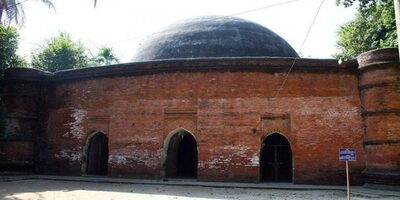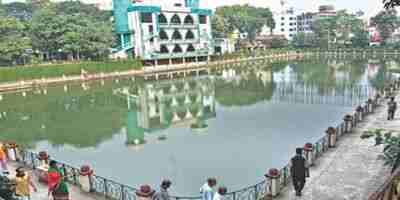
01
Laldighi – Chittagong
Lal Dighi is one of the traditional places of Chittagong city of Bangladesh. Its location is at the end of Jail Road in the city. On one side of it is Andarkilla. Around it are Zilla Parishad buildings and local bank branches. It belongs to Ward No. 32 of Chittagong City Corporation.
In 1761, the East India Company got control of Chittagong. At that time Entekali Kachari i.e. Land Tehsil Office (now Metropolitan Police Office) was painted red. It was known as “Lalkuthi” by the people. To the east of this red gate was the jail. It was also painted red and hence came to be known as “Lalghar”. These two buildings were guarded by British hillmen wearing red turbans. Many people think that this is why the buildings are named Lal Ghar and Lal Kuthi. There was a small pond next to the red house and the red hut. At the beginning of English rule in Chittagong, the pond was enlarged and turned into a pond. This dighi is known as Laldighi because there were two red colored buildings next to it.
Owned by Laldighi
On the northern side of Laldighi is a monastery with the year 1939 written on its dome. Rai Bahadur Rajkamal Ghosh's name is written on it. Rai Bahadur was a zamindar. His own house was in Chikdair village of Raujan upazila. He used to spend his free time on the banks of the then open Laldighi. He was the guardian of Laldighi. Later he handed over the ownership of the Dighi to the Chittagong City Corporation.
Ricketts Ghat
On the west bank of Laldighi was "Ricket Ghat". The ghat was built by the zamindars of Chittagong under the guidance of Sir Henry Ricketts, who served as the Commissioner of Chittagong from 1941 to 1948. Mr. Harvey was Collector of Chittagong in 1831-1839. He started the survey work with 32 Deputy Collectors and a few Survey Amins. In the survey, he calculated Kani in 18 Gandas instead of 20 Gandas. Everyone was so upset with him that people attacked him in Anwara police station. He then ordered the soldiers to fire. On receiving this news the authorities sent for Mr. Rickett. During the survey of 1200 Maghir, he benefited the people of Chittagong and became respected by all. After the death of Chittagong Sessions Judge Todel Saheb in the 19th century, his body was cremated on the north side of Ricket Ghat. The pillar erected in his memory was later demolished.
Laldighi Maidan
The entire area from the foot of the Metropolitan Police Headquarters hill to the foot of Pari Hill in the west was then known as the Municipal Maidan. In 1887, the statue of Queen Victoria was installed in this Maidan. The statue was removed during the freedom movement in the 1940s. After the completion of the north-south road at the end of the 19th century, the municipal grounds were divided into two parts. The eastern side is converted into a public playground. When the Muslim High School was established, the ground became the playground of the Muslim High School. This field is now known as Laldighir field.
The legend of Laldighi
There is a legend in the mouth of the people of Chittagong about the incident of Lal Dighi. Once a day laborer's daughter went down to bathe in that pond. Suddenly he was chained and taken to an underwater country. Actually it was a king's court. That king's marriage was fixed with Lal Begum. One day the king wanted to see Lal Begum but it was reported that Lal Begum had run away from her home with a slave. The king did not know this news at that time. So Mazur's daughter was brought to act as Lal Begum with Badshah. In many contexts, the king gets to know the real identity of the girl. On the orders of the angry king, everyone started looking for the real Lal Begum. Then it was known that he was in the fort of the Portuguese two hundred cubits away from the lake of Andar Qilla. The king attacked that fort. Dighi's water turned red with many murders. The king was defeated in that battle. Everyone ran away. Still, he stayed on the banks of the Dighi with the hope of rescuing Lal Begum. A Charan poet wrote about this: “Laldighi caught fire/water dried up,/fishes rose up in all their rage/chirped”.
Event
On the 12th of Baishakh in 1910, Abdul Jabbar organized the first Balikhela on the banks of Laldighi. Since then every year on the 12th day of Baisakh, Jabbar Balikhela is held on the bank of Laldighi. [At present there is a mosque on the west bank of Laldighi. There is a park surrounded by greenery for the recreation of the city dwellers.
How to go:
Buses or autorickshaws can be used to reach the scenic spots.
Related Post

Warhammer RTS Realms of Wreck guarantees enhancements to unit stability, AI problem, controls and UI after “loud and clear” open beta suggestions
12:49:53pm 07-04-2025
Euro space month-to-month stability of payments_ Could 2023
12:47:56pm 07-04-2025
Photoshop’s new one-click AI simply shifted the steadiness of energy
12:45:12pm 07-04-2025
Mind-wide modifications in excitation-inhibition steadiness of main depressive disorder_ a scientific assessment of topographic patterns of GABA- and glutamatergic alterations
12:41:35pm 07-04-2025
Martin Lewis explains ‘two minute’ verify to chop ‘lots of’ off bank card curiosity
05:37:41pm 06-04-2025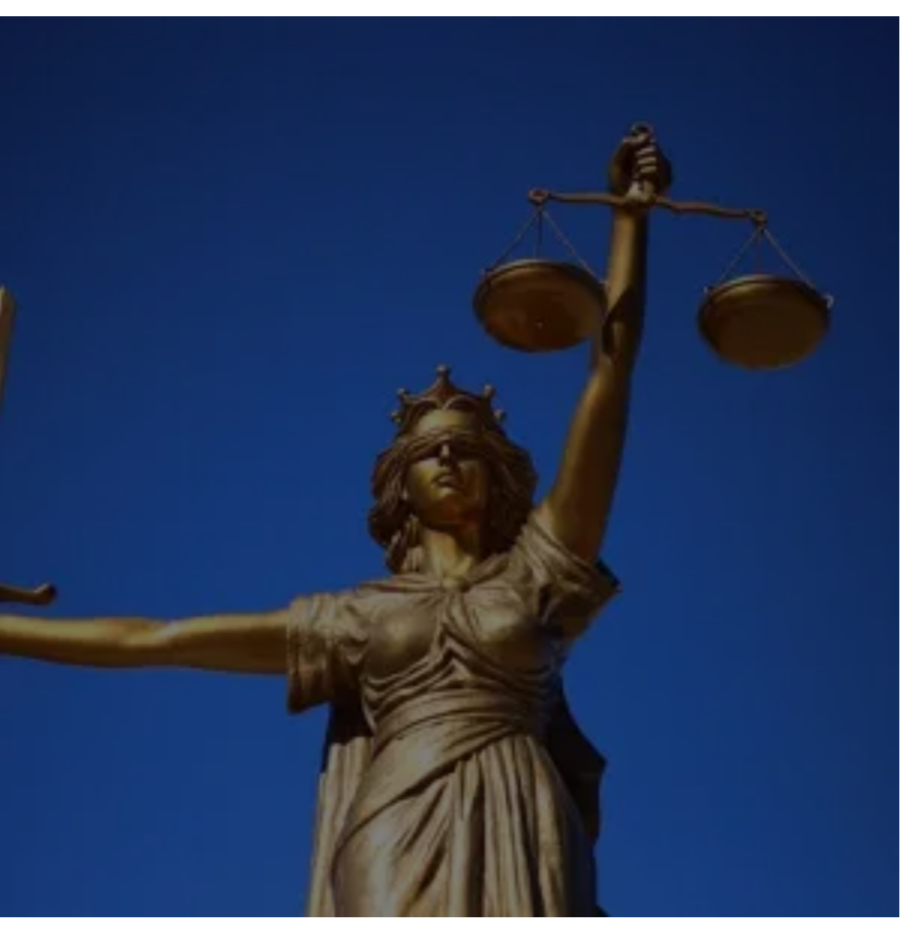
Court docket overturns ruling on cost of safety account steadiness in concluded street work contract
02:47:27pm 06-04-2025Top Relate Post
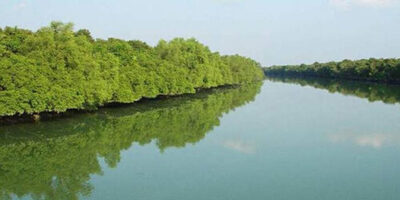
The Sundarbans – Khulna
03:52:54pm 01-09-2023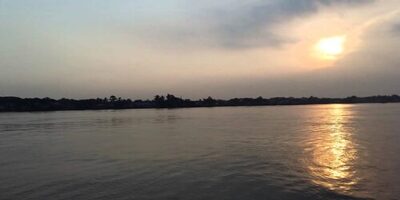
Khan Jahan Ali Bridge – khulna
03:57:06pm 01-09-2023
Katka Beach – Sundarban
03:59:53pm 01-09-2023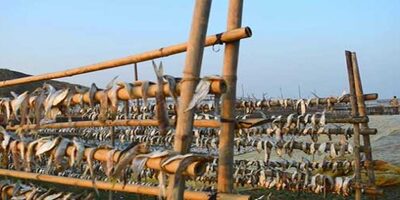
দুবলার চর – সুন্দরবন / Dublar Char – Sundarbans
04:18:08pm 01-09-2023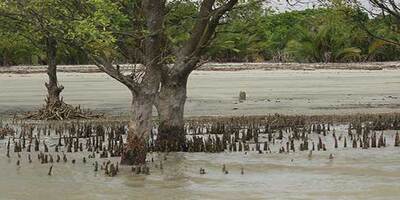
সুন্দরবনের কচিখালী সমুদ্র সৈকত / Kochikhali beach of Sundarbans
04:20:38pm 01-09-2023